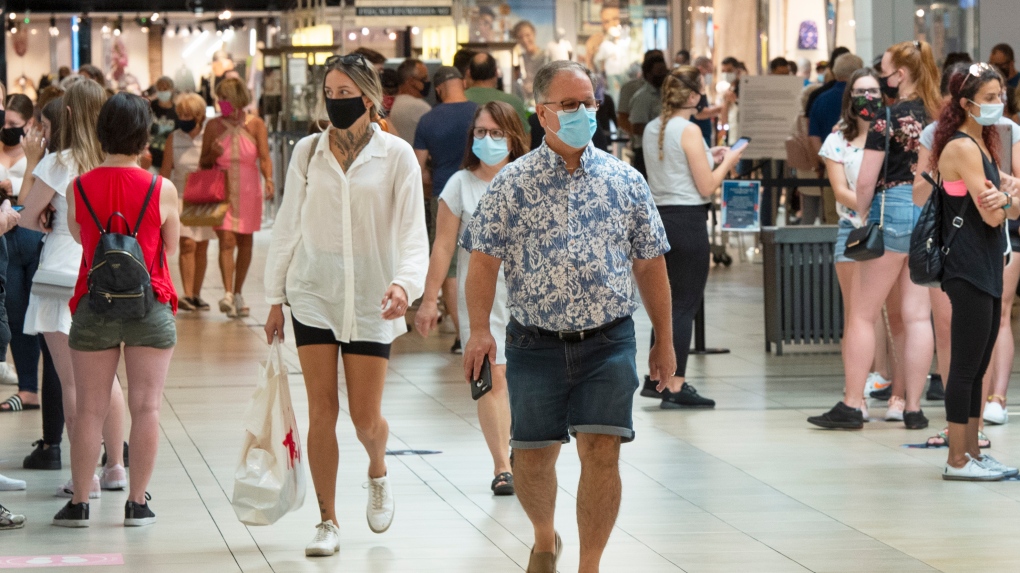As we near the end of the third quarter of 2020, the question now is will a second wave be coming? With fall and winter approaching, children back to school, day cares open, and people slowing returning to the office, is this a real risk? What will happen to our portfolios?
The good news is that a second shutdown may not be likely, given data on the recent death rate from the virus. In a recent report on Wednesday, National Bank Financial, Inc. assessed the number of Covid-19 cases versus deaths in North America and Europe. That analysis showed that a recent increase in cases hasn’t resulted in a surge in deaths compared to March and April. While the increase in cases may partly be explained by improved testing, changing demographics may also be a factor in explaining the lower death rate, the National Bank report said. For example, the virus is spreading more among younger people, who tend to have less severe symptoms, while seniors and others at risk are taking greater precautions. For these reasons, National Bank remains confident that a second generalized economic lockdown is unlikely. The bank’s base-case scenario is that strategies to address a second wave of Covid-19 would likely focus on limiting victims without crimping the economy. I’ve enclosed the report here (Source: National Bank of Canada – Financial Markets)
No one wants to see a repeat of the second quarter’s Covid-19-driven economic shutdown. However, with the economy reopening and no vaccine yet available, the possibility can’t be ignored. Canada’s GDP dropped 38.7% year over year in Q2 but has since rebounded strongly. The economy grew by 4.8% in May and 6.5% in June, with preliminary estimates for July also looking strong. Yet, a continued recovery assumes that any future wave of the pandemic requires “a lighter containment touch” than was necessary to flatten the first wave, said RBC Economics in a provincial outlook report on Thursday. As it stands, the economy could require years to recover lost ground, said the report, which offered detailed forecasts by province. More details of the report are outlined here: (Source: RBC – Economics)
Even without a second shutdown, economies aren’t expected to return to pre-Covid-19 levels of output this year. Whether a full economic recovery can happen next year depends on a vaccine, as well as on people being able to return to work.
In terms of your portfolio performance, we ended 2019 with a solid risk-adjusted return. The trend continued at the beginning of 2020 until the “lockdown” which resulted in an unprecedented decline in the markets and subsequently your portfolio. March 23rd was the technical low point of the markets and you experienced this decline on your March ending quarterly statement. At that time, I indicated unprecedented fiscal and monetary stimulus measures were being contemplated in the form of record low rates, and Government subsidies such as CERB, and CEWB to name a few. This in effect placed a floor in the market and since then we have seen a reversal of fortune. Your June 30th ending statement was higher, and this trend is continuing which you will soon see on your September 30th statement. As a result, most clients are now flat for 2020 after the market recovery and kept their 2019 gains intact. When you compare this to the market indices, aside from Technology and Gold (higher risk asset classes), virtually all indices are negative for 2020. Moreover, when you compare this market to the financial crisis of 2008, that year the market indices were down –20%+ which seems like a distant memory right now.
Our portfolio mandates continue to hold high quality asset classes that can weather this current environment. The mandates are underweight oil, gas, airlines, and anything related to hospitality. They are looking for businesses that can withstand lockdowns, stay at home stocks, and grow their dividends. Of course, another component is our safety-net in high-quality bonds. Lastly, my target is to maintain your risk in a predominantly low-medium risk which has helped us during these unprecedented times.
My goal with this note is to provide clarity on Covid-19 and it’s impacts on the markets and economy. We often see, hear, or read in the mainstream media about a second wave, or cases on the rise, and now the U.S election. Keep in mind our portfolio managers look beyond the noise, they are not focused on the events over the next month or two, they are making decisions on asset classes for the betterment of our portfolios for the next 3-5 years and beyond.

